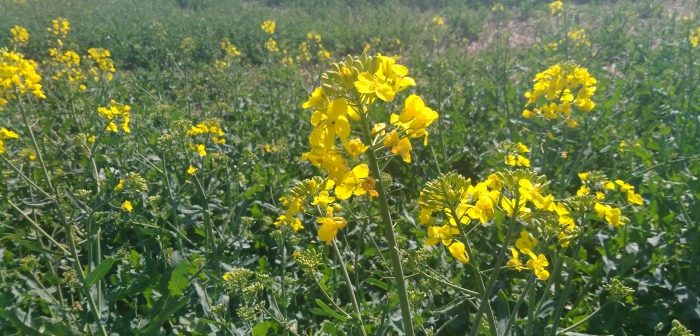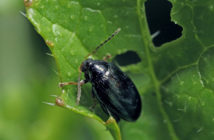Varied establishment of oilseed rape (OSR) crops last Autumn, is likely to have resulted in a protracted flowering period in areas across the UK, leaving crops susceptible to Sclerotinia infection over the coming weeks.
With AHDB Cereals and Oilseeds reporting that levels of Sclerotinia are medium to high in some locations, Chris Charnock, Certis’ arable product manager, warns of the risks following the recent good weather.
“Due to the dry conditions seen in the Autumn, OSR crops experienced protracted establishment, with crops looking very patchy,” explains Mr Charnock.
“As a result, many growers are experiencing irregular flowering, with crops at varying growth stages within the same field.
“Most growers may have carried out an initial protectant spray, however this prolonged flowering period, increased temperatures and intermittent rainfall, will encourage petal fall, and with it, the risk of disease,” he adds.
Sclerotinia in OSR is caused by the fungus Sclerotinia sclerotiorum, which releases spores from the base of the crop to coincide with petal fall. This petal fall leaves a scar on the plant which can be an entry point for the Sclerotinia infection. This, along with warm and humid weather conditions, can cause the disease to flourish.
“As a result, growers should consider carrying out a second spray of a product containing Thiophanate methyl, such as Topsin or Taurus, 10 to 14 days after the initial spray. This will provide continued protection against Sclerotinia for the prolonged flowering period that we are experiencing,” says Mr Charnock.
“Once the Sclerotinia infection takes hold in your crop, it is difficult to control, so protection is the best approach.
“Managing crops at varying growth stages can add complexity to spray programmes, but an assessment of all known factors and a good understanding of treatment options, will aid growers in protecting their crops at times of increased disease pressure.”



